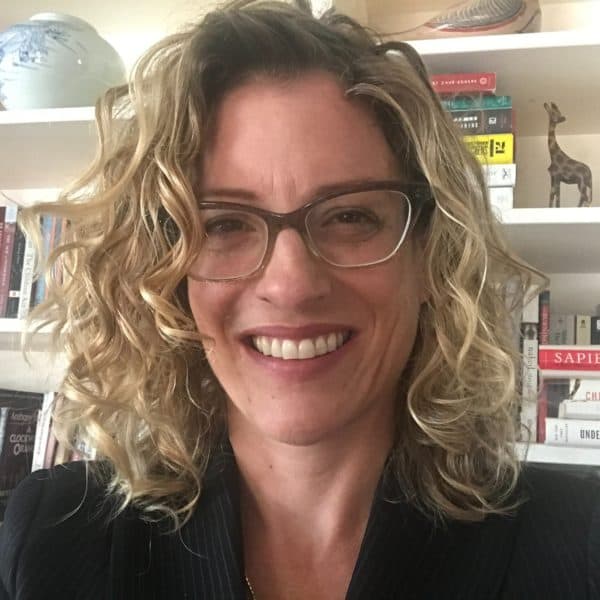Advertisement
COMMENTARY
If It's March, It Must Be Morocco: Why The Prefab Gap Year Fails Our Students

College acceptance letters have hit inboxes, and another crop of all-above-average kids has eagerly grabbed the brass ring. But if you meet them a few months down the line, as we will in our first-year writing classes next September, it’ll be clear that some of them aren’t quite sure what they signed up for. As one struggling freshman admitted during office hours, averting his eyes from a half-written draft, “College is just something I need to get done.”
The remedy, say increasing numbers of colleges and counselors, is a gap year. Although just 1 percent of Americans take one, advocates believe gap years give students an academic and social boost. Some schools are even offering gap-year incentives because, as one college administrator recently avowed, gappers “don’t struggle like other freshmen do with the transition to college.” According to the American Gap Association, the time off is “an opportunity for the student to take more ownership of their life.”
As teachers at Boston University, which costs $68,000 a year to attend, we see firsthand how a gap year could benefit many of the students who enter our classrooms burnt out, stressed out or just unsure why they’re there. What troubles us is this: Gap years should get students off the hamster wheel, but the way they are currently being imagined — and marketed — they could perpetuate the problem they aim to fix.
But most [gap years] listed ... are more like Thinking Beyond Borders, where participants pay $36,000 to travel four continents over seven months.
An entire industry has emerged to cram gap years with engineered experiences that parents can purchase for their kids. There are a few well-respected — and less cushy — programs, including Global Citizen Year and City Year. But most listed by the American Gap Association are more like Thinking Beyond Borders, where participants pay $36,000 to travel four continents over seven months. A cheaper option, The Leap, charges just over $3,000 for a save-the-world sampler plate, 10 weeks of nonstop activities: “Come to Tanzania to take care of autistic children, explore vast lakes, renovate school buildings, plant trees, track turtles and live alongside some of the world’s most remote communities.”
If the dazzling array of options seems overwhelming, there are, well, more options. You can hire a gap-year counselor to help choose which gap-year travel specialist is the best fit. As Camps International reassures its gap-year clients, “We take care of everything, offering you support before, during and after your experience so that every single detail is covered.”
We understand why students (and their parents) would seek a way to tap into experiences they wouldn’t have otherwise — and to do so in a way that feels safe. At some point, though, these structured support systems start to sound like yet another iteration of the relentless summer internships, SAT tutors and college application advisors that inspired calls for students to “take more ownership of their life” in the first place.
A gap year should get you off track and beyond tracks. It should combat the simultaneously competitive and coddled culture that has turned our students into ... “answer-getters,” rather than “problem-explorers.”
One advocate for the gap year, former Harvard Dean of Admissions William Fitzsimmons, argues that the current cutthroat K-12 track pushes students toward burnout and apathy: “Once in the ‘right’ school, students are pushed along by teachers, by outside tutors and, if they stumble, by learning specialists who will help them approach their studies in the most efficient manner.”
Hear, hear. But how is a gap-year travel specialist any different?
A gap year should get you off track and beyond tracks. It should combat the simultaneously competitive and coddled culture that has turned our students into what writing studies scholar Elizabeth Wardle describes as “answer-getters,” rather than “problem-explorers.” Twelve years of standardized testing have convinced our “excellent sheep” that there’s one answer, and their only job is to find it as quickly as possible so they can move on to the next one.
But tolerating ambiguity is crucial to college success. Writing a research paper, as we teach students to do, is not an AP-style paint-by-numbers endeavor. We exhort our students to get lost in the research process because this is the one thing that college-prepped kids generally don’t know how to do. The “answer-getters” in our classes are all too likely to miss the discovery of a new question through an unexpected turn. “Problem-explorers" — and we are lucky to have taught many of them, as well — do research projects motivated by a desire to solve a problem larger than themselves. They are creative in surmounting setbacks, and they recognize and embrace serendipity when it happens.
Is there an analogy here? Every step of a real intellectual inquiry requires resourcefulness and autonomy. A prefab gap year program nurtures neither. Problem solving, creativity and serendipity are not something you can hire a consultant to help you arrange.
We’re all for gap years. But let’s allow capable young adults to arrange their own itineraries, balance their own budgets and figure out what they want to accomplish — to fail, get lost and try again.

